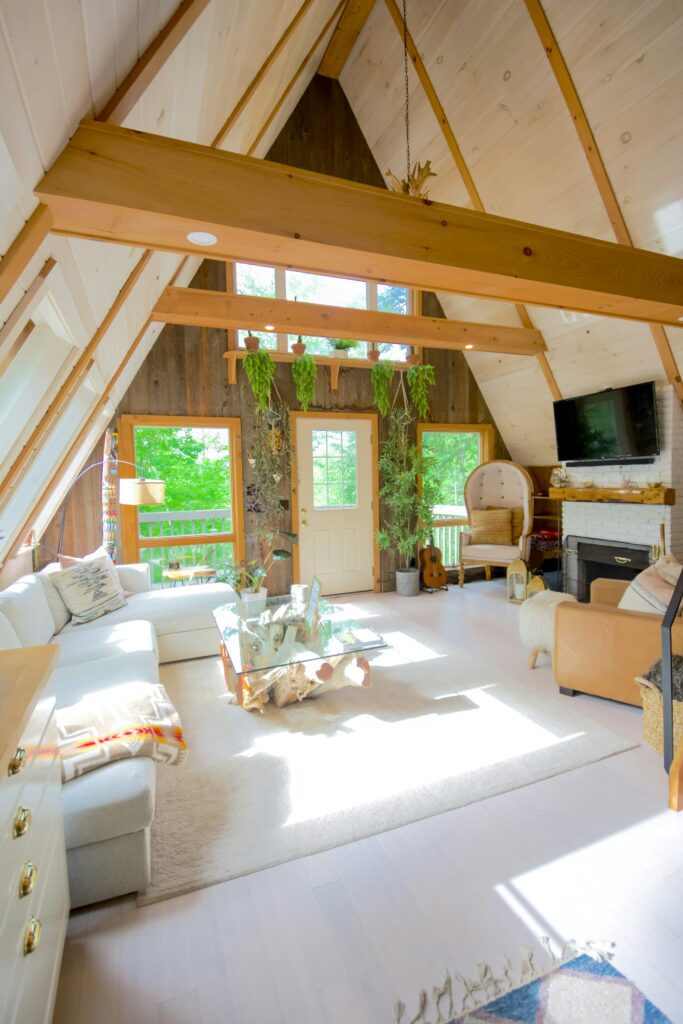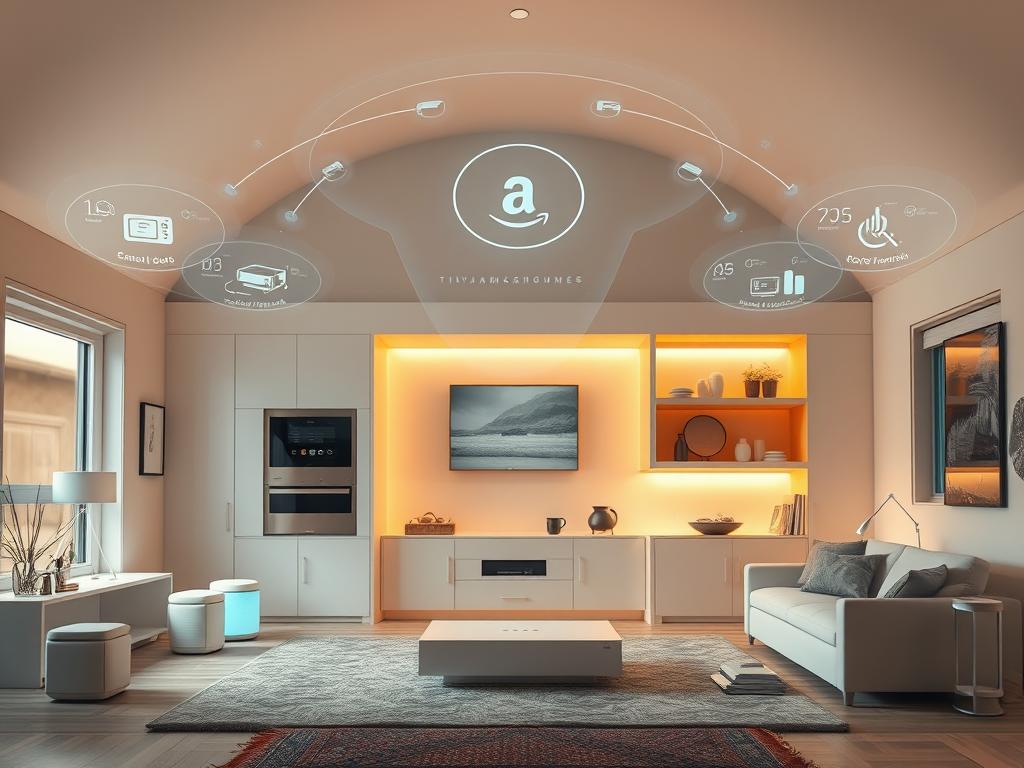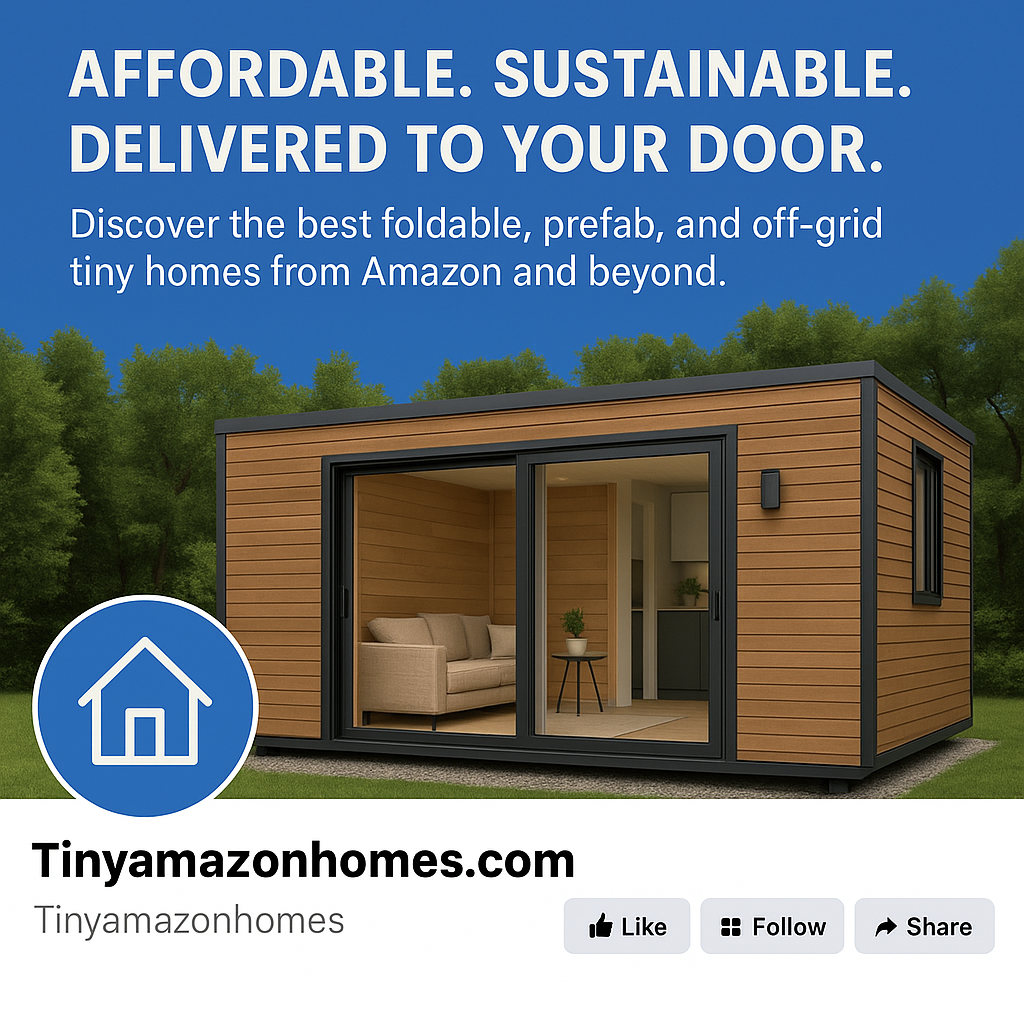Did you know over 70% of U.S. households will be smart homes by 2025? Smart home tech is changing how we live. It makes our homes more comfy, efficient, and connected.
Voice-controlled assistant devices and smart lights and heaters are changing home management. For the latest on smart home trends, check out tinyamazonhomes.com. It offers great tips for a well-integrated home.
Key Takeaways
- Smart homes are becoming increasingly popular, with a significant rise expected by 2025.
- Seamless integration is key to a convenient and efficient smart home experience.
- Voice-controlled devices are at the forefront of smart home technology.
- Staying informed about the latest smart home trends is easier with resources like tinyamazonhomes.com.
- A well-integrated smart home can enhance comfort and efficiency.
The Fundamentals of Smart Home Technology
Starting a smart home journey means learning about home automation and IoT solutions. Smart homes are intelligent, efficient, and meet the needs of their owners.
Smart home tech has grown a lot, from simple systems to complex networks. This growth is thanks to IoT solutions, allowing devices to talk to each other easily.
What Makes a Home Truly “Smart”
A smart home uses many technologies for automation, remote control, and monitoring. It uses IoT devices, sensors, and software for this.
- Interconnectivity: Devices can talk to each other and the homeowner through a central hub.
- Automation: It can do tasks on its own based on settings or learned habits.
- Remote Access: It can be controlled and watched from anywhere with smartphones or computers.
The Evolution of Home Automation
Home automation started in the late 20th century. But, IoT solutions made it really grow. Early systems were hard to use and expensive, but now they’re easier and cheaper.
Voice assistants and smart speakers have made smart homes more popular. They make it simple for homeowners to control their homes.
Key Benefits of Integrated Smart Living
Smart living brings many benefits like more convenience, better energy use, and more security. Homeowners can make their homes more comfortable, green, and connected with IoT and automation.
- Energy Efficiency: Smart thermostats and lights save energy, cutting down on bills.
- Enhanced Security: Smart systems watch your home and alert you, keeping you safe.
- Improved Convenience: Automated routines and voice control make daily tasks easier.
Knowing about smart home tech lets homeowners enjoy a better, more connected life.
Smart Technology Integration: Building Your Foundation
Starting a smart home means building a strong tech base. This base is key for making sure all your smart gadgets work well together.
Selecting the Right Control Hub
The control hub is the heart of your smart home system. It lets you manage and control different devices. When choosing a control hub, think about if it works with your current devices and future plans.
Popular control hubs include Amazon Alexa, Google Assistant, and Apple Siri. These AI tools help control smart home devices, answer questions, play music, and manage your day.
| Control Hub | Compatibility | Key Features |
|---|---|---|
| Amazon Alexa | Wide compatibility with various smart devices | Voice control, smart home automation, entertainment |
| Google Assistant | Compatible with Google ecosystem devices | Voice control, smart home automation, Google services integration |
| Apple Siri | Exclusive to Apple devices | Voice control, smart home automation, Apple ecosystem integration |
Setting Up a Reliable Network Infrastructure
A solid network is vital for your smart home. This means setting up a strong Wi-Fi network for all your devices.
For a stable network, think about using a mesh network system. Or, upgrade your router to support the latest Wi-Fi, like Wi-Fi 6.
Voice Assistants as Central Command Centers
Voice assistants are now key hubs for many smart homes. They make it easy to control devices with voice commands.
By linking voice assistants with your smart devices, you can set up custom routines. For example, a “Goodnight” routine can lock doors, turn off lights, and adjust the thermostat with just one command.
To get the most from voice assistants, pick one that fits well with your devices and system.
Planning Your Smart Home Ecosystem
Creating a successful smart home starts with careful planning. You need to know what you want, make a plan, and set a budget.
Assessing Your Home’s Unique Needs
First, figure out what your home needs. Think about your home’s size, your daily life, and what you value most. This helps you make your smart home better for you.
For example, if you work from home, smart lights and temperature control are key. If you have a big family, focus on security and automated chores.
Creating a Smart Home Technology Roadmap
A roadmap is vital for setting up your smart home. It outlines what devices you’ll use, when, and how to add more later. This keeps your smart home growing smoothly with your needs.
Begin by listing your smart devices in order of importance. Start with basics like thermostats and cameras. Then add devices for comfort and convenience.

Budgeting for Phased Implementation
Setting a budget is crucial for smart home setup. Instead of buying everything at once, do it in stages. This makes it easier on your wallet and lets you adapt to new tech.
Divide your devices into must-haves, nice-to-haves, and future buys. Start with the essentials. Here’s a budget guide for smart home setup:
| Phase | Devices/System | Estimated Cost |
|---|---|---|
| Phase 1 | Smart Thermostat, Security Cameras | $500-$1000 |
| Phase 2 | Smart Lighting, Voice Assistant | $300-$800 |
| Phase 3 | Smart Door Locks, Automated Blinds | $200-$600 |
By planning carefully, you can set up your smart home smoothly and within budget. This makes your home better for you.
Essential Smart Home Integration Categories
Smart Technology Integration covers many areas to make a smart home. These areas improve convenience, comfort, and efficiency at home.
Lighting and Climate Control Systems
Smart homes focus on controlling lighting and climate. Smart lighting systems adjust based on time, who’s home, and mood. Climate control systems work with thermostats to save energy and keep homes comfy.
Systems like Philips Hue and Nest change how we manage home lighting and temperature. You can control them from your phone, even when you’re away.
Security and Surveillance Solutions
Home security is key, and smart tech has improved it a lot. Smart security systems include motion detection and video cameras. You can watch them from anywhere, getting alerts if something odd happens.
Brands like Ring and Arlo offer top-notch security. They work well with other smart devices, making your home safe.
Entertainment and Media Automation
Smart homes also offer cool entertainment features. Home theaters and sound systems create an amazing experience. Media automation lets you stream and play games easily, all controlled by voice or a central interface.
Systems like Sonos and Bose make your home sound great. Their smart speakers fit into your entertainment setup, offering top-notch sound.
Kitchen and Appliance Connectivity
The kitchen is where smart tech really shines. Smart appliances let you control and check on them from afar. For example, smart fridges tell you when to buy more food, and ovens can be preheated before you get home.
Brands like Samsung and LG lead in smart kitchen tech. They offer connected devices that make cooking better.
Overcoming Common Integration Challenges
Smart home integration has many benefits but also faces challenges. Homeowners often deal with device compatibility issues, outdated technology, and privacy and security concerns.
Troubleshooting Device Compatibility Issues
Ensuring devices work together is a big challenge. It’s key to select devices that use common protocols like Zigbee or Z-Wave. These protocols help different brands work together smoothly.
When buying new devices, check if they work with your current smart home hub or controller. Look for compatibility lists or certification programs from manufacturers. They can guide your choices.

Managing Technology Obsolescence
Technology changes fast, making devices outdated quickly. To stay ahead, invest in devices from manufacturers that offer software updates and support for a long time.
Also, take a modular approach to smart home integration. Add devices in phases and choose ones with upgradeable firmware. This way, your smart home system can last longer.
Addressing Privacy and Security Concerns
As your home gets more connected, privacy and security become key concerns. Start by securing your home network with a strong password. Consider segmenting your network to keep critical devices safe.
Always update your devices’ firmware and use strong, unique passwords for each device or account. Pay attention to the data your smart devices collect and understand the privacy policies of their makers. This helps protect your home.
Advanced Smart Home Integration Techniques
To make your smart home better, try using advanced features like automated routines and AI. These technologies can make your home work smarter and save you time.
Automated Routines and Scenes
Automated routines and scenes can make your smart home easier to use. You can set up actions to happen at specific times or when certain conditions are met. For example, a “Good Morning” routine can turn on lights, start coffee, and set the thermostat.
- Simplify your daily routines with automated actions
- Enhance your home’s ambiance with customizable scenes
- Improve energy efficiency by automating lighting and temperature control
AI-Powered Predictive Features
AI predictive features can take your smart home to the next level. They learn your habits and adjust your home to fit your needs. For instance, they can guess when you’ll arrive and adjust the temperature.
Benefits of AI-Powered Predictive Features:
- Personalized comfort based on your habits
- Enhanced energy efficiency through predictive adjustments
- Proactive maintenance alerts for your smart devices
Integrating Energy Management Systems
Adding energy management systems is key to saving energy in your smart home. These systems track your energy use and show where you can cut back. By doing tasks when energy is cheaper, you can save money and help the planet.
Using these advanced smart home features can make your home more efficient and comfortable. Whether you want to make your life easier, improve comfort, or save energy, these technologies can help. They offer many ways to make your home truly smart.
Conclusion: Your Path to a Seamlessly Integrated Smart Home
Creating a smart home is more than just installing devices. It’s about making your living space respond to your needs. By understanding smart home technology and planning your digital transformation, you can enjoy convenience, efficiency, and innovation.
The future of smart homes looks bright. Advances in AI, machine learning, and IoT will change how homes meet our needs. As you start your smart home journey, remember to plan carefully, choose the right technologies, and keep up with new digital services.
By using connected device integration and smart technologies, you can make your home a comfortable, secure, and efficient place. Begin your journey today and see the endless possibilities a smart home offers.
